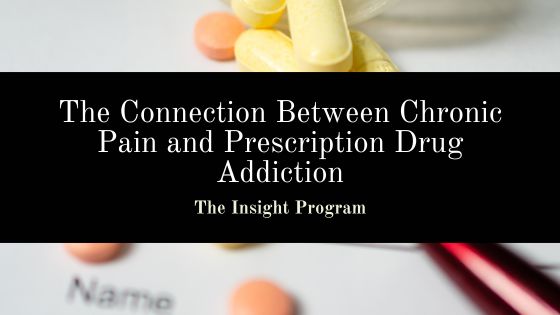Chronic pain is a debilitating condition that affects millions of people worldwide, significantly impacting their quality of life. To manage this pain, doctors often prescribe medications, particularly opioids, which are highly effective in providing relief. However, the use of prescription opioids comes with a significant risk: addiction. The connection between chronic pain and prescription drug addiction is a complex and often tragic reality, raising important questions about how to balance pain management with the potential for substance abuse.
The Role of Opioids in Pain Management
Opioids, such as oxycodone, hydrocodone, and morphine, are commonly prescribed to treat moderate to severe pain. These drugs work by binding to opioid receptors in the brain and spinal cord, reducing the perception of pain. For many patients, opioids offer a lifeline, allowing them to function despite chronic pain.
However, the same mechanism that makes opioids effective for pain relief also makes them highly addictive. Opioids trigger the release of large amounts of dopamine, a neurotransmitter associated with pleasure and reward. This creates a powerful sense of euphoria, which can lead to misuse and addiction, especially with prolonged use.
The Link Between Chronic Pain and Addiction
Chronic pain is a persistent condition, often lasting for months or even years. This prolonged suffering can lead to a desperate need for relief, driving individuals to seek stronger doses or more frequent use of their prescribed medication. Over time, the body builds a tolerance to opioids, requiring higher doses to achieve the same level of pain relief. This escalation increases the risk of addiction.
For some individuals, the psychological toll of chronic pain—such as depression, anxiety, and a sense of hopelessness—can further contribute to the misuse of prescription drugs. Opioids may offer not only physical relief but also a temporary escape from emotional distress, reinforcing the cycle of dependence.
Risk Factors for Prescription Drug Addiction
While anyone using opioids is at risk for addiction, certain factors can increase this risk. These include a history of substance abuse, mental health disorders, and genetic predispositions. Additionally, patients who are prescribed opioids for long periods are at a higher risk of developing dependence, as are those who use higher doses.
The lack of effective alternative treatments for chronic pain also plays a role in the development of prescription drug addiction. When other pain management strategies, such as physical therapy, acupuncture, or non-opioid medications, fail to provide relief, patients may feel they have no choice but to rely on opioids.
The Challenges of Managing Chronic Pain and Preventing Addiction
One of the biggest challenges in healthcare today is finding a balance between managing chronic pain effectively and minimizing the risk of prescription drug addiction. Physicians face the difficult task of prescribing opioids in a way that controls pain without leading to misuse. This often involves careful monitoring, setting clear guidelines for use, and considering alternative therapies whenever possible.
Education is also crucial. Patients need to be fully informed about the risks associated with opioid use, including the potential for addiction. They should be encouraged to report any signs of dependence, such as needing higher doses to achieve the same effect or using the medication for purposes other than pain relief.
Moving Toward Better Solutions
To address the dual challenges of chronic pain and prescription drug addiction, the healthcare system must continue to evolve. This includes developing new pain management strategies that are less reliant on opioids, such as non-addictive medications, innovative therapies, and integrative approaches that combine physical, emotional, and psychological care.
Additionally, there must be a stronger focus on addiction treatment and recovery services. For those who develop an addiction, access to comprehensive care that includes medication-assisted treatment, counseling, and support groups is essential.
Conclusion
The connection between chronic pain and prescription drug addiction is a troubling aspect of modern medicine. While opioids can offer significant relief from chronic pain, they also carry a high risk of addiction, particularly with long-term use. Striking the right balance between effective pain management and addiction prevention requires a multifaceted approach that prioritizes patient safety, education, and access to a broad range of treatment options. By continuing to explore and implement these strategies, the healthcare community can better serve those suffering from chronic pain while reducing the risk of addiction.

